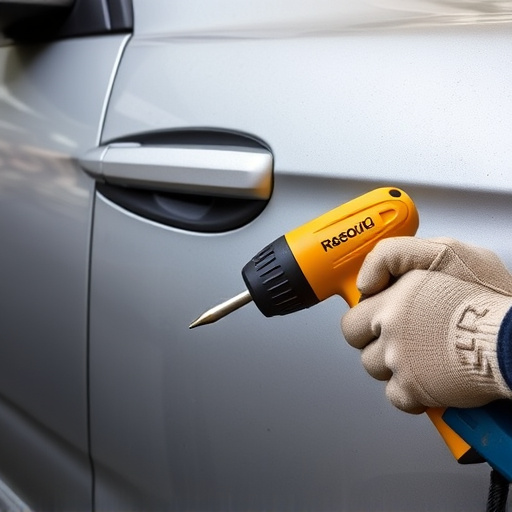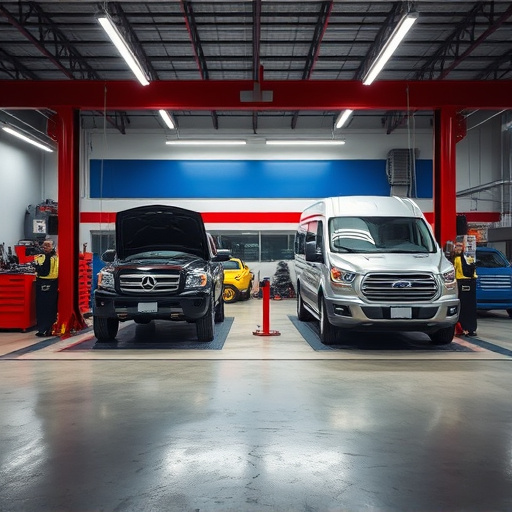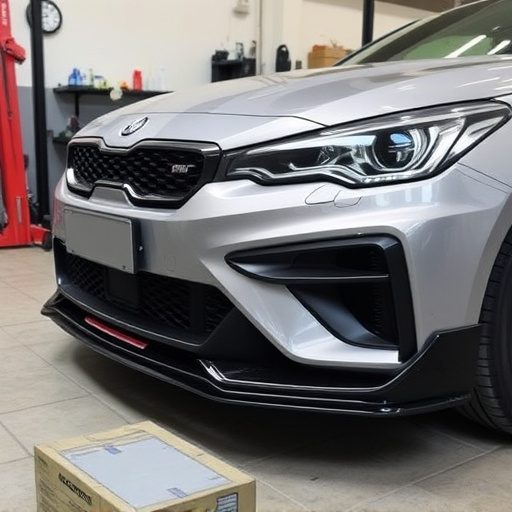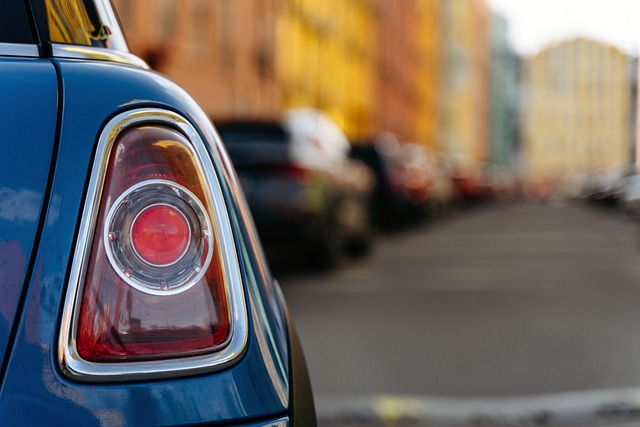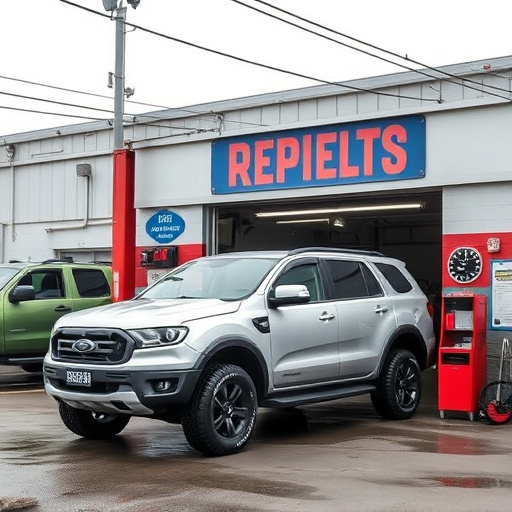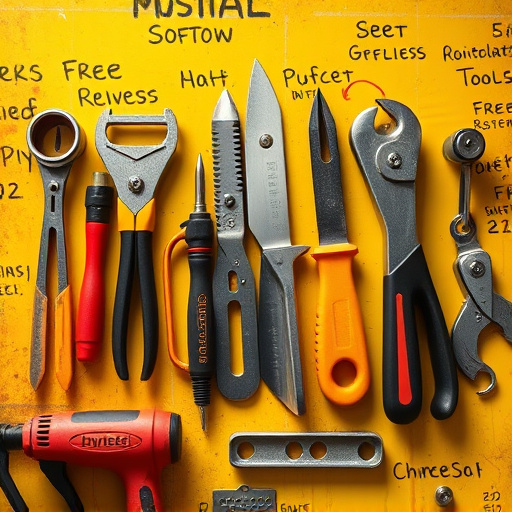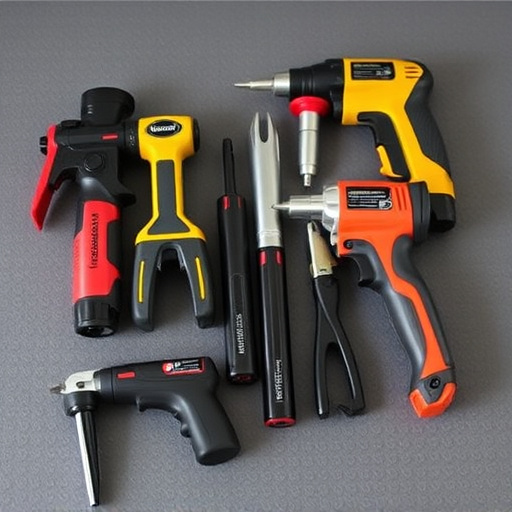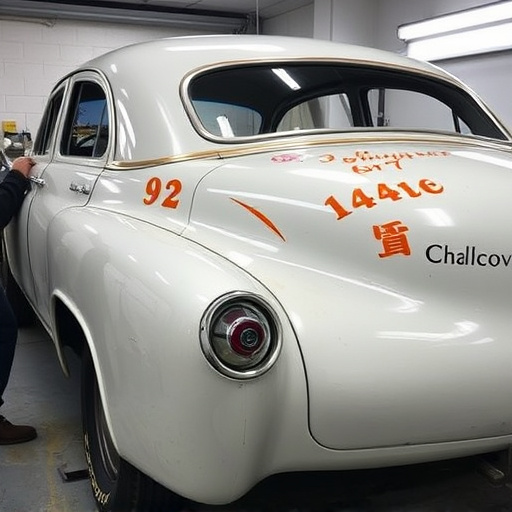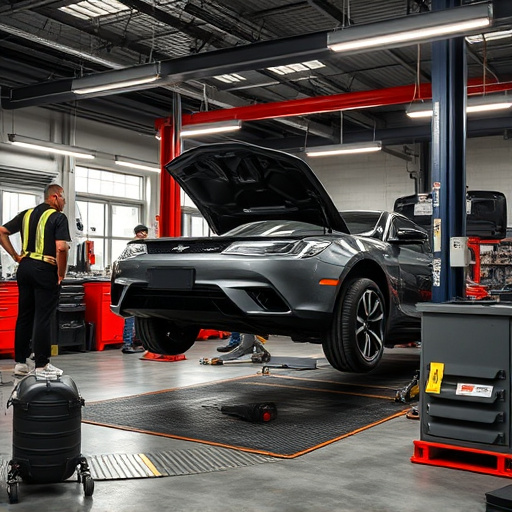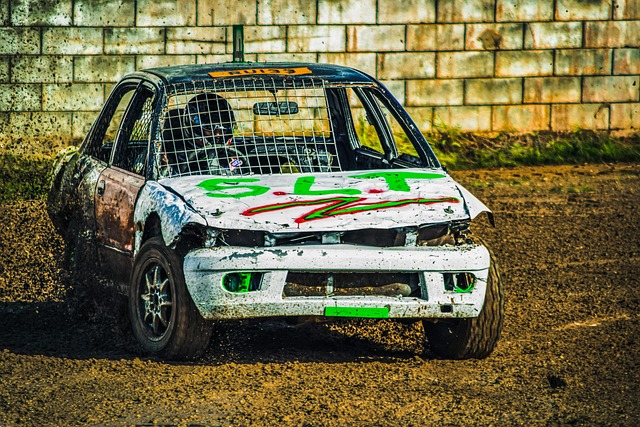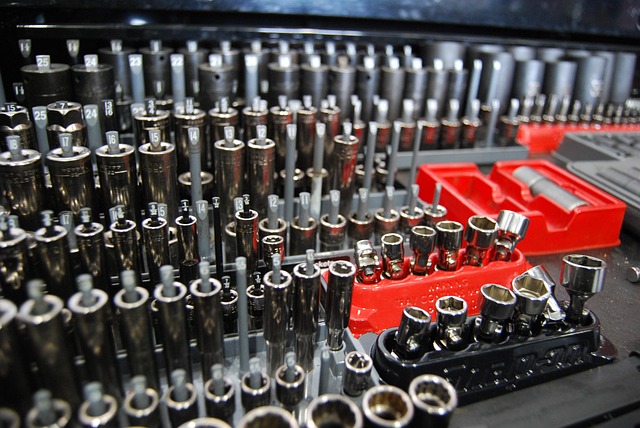Adhering to manufacturer guidelines and using proper tools like color meters and spectrophotometers are crucial for achieving accurate vehicle color matching. Standardized procedures ensure consistent outcomes in collision repairs, from simple to complex, enhancing communication, quality, and customer satisfaction.
In the automotive industry, precise vehicle color matching is paramount for quality assurance. This article explores best practices to streamline the process, ensuring optimal results. We begin by delving into understanding vehicle color standards and specifications, a crucial foundation for accurate matching. Next, we highlight the importance of selecting the right tools, as they significantly impact outcome. Finally, we emphasize consistent processes, the key to reproducible and reliable vehicle color matching.
- Understanding Vehicle Color Standards and Specifications
- Choosing the Right Tools for Accurate Matching
- Implementing Consistent Processes for Optimal Results
Understanding Vehicle Color Standards and Specifications
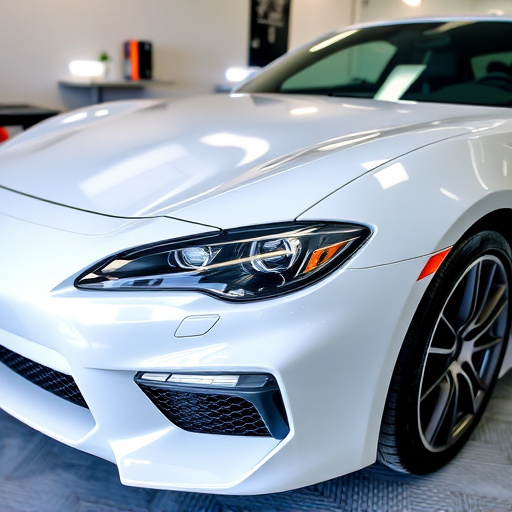
In the realm of vehicle color matching, understanding the intricate standards and specifications is paramount for achieving precise results. Every manufacturer has its own set of guidelines dictating color codes, formulations, and application processes. These standards ensure consistency across different models, years, and even trim levels. For professionals in collision centers or dedicated repair shops, staying attuned to these specifications is crucial for delivering top-notch vehicle bodywork that matches the original manufacturing standards.
By familiarizing themselves with the latest color specifications, technicians can accurately match not just the base coat but also the clear coat, ensuring a seamless blend that mimics the vehicle’s original aesthetic. This attention to detail is particularly vital when addressing scratch repair or more significant collision damage, where achieving perfect color matching can significantly enhance the overall restoration quality and customer satisfaction.
Choosing the Right Tools for Accurate Matching
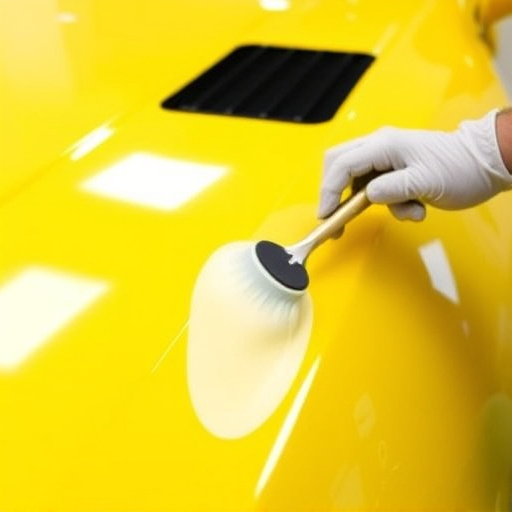
Selecting the appropriate tools is a fundamental step in achieving precise vehicle color matching during the restoration or painting process. The right tools ensure accuracy and save time, which is crucial for efficient work. High-quality color-matching tools include specialized instruments like color meters and spectrophotometers that accurately measure and analyze the vehicle’s existing paint color. These devices provide precise data, enabling technicians to mix the exact match of pigment required.
Additionally, investing in good-quality paint and coating materials is essential for achieving a seamless finish. With advancements in automotive technology, many manufacturers offer tailored solutions for car damage repair and automotive collision repair, ensuring that the new paint blends seamlessly with the original, making it almost impossible to detect any vehicle paint repair.
Implementing Consistent Processes for Optimal Results

For optimal results in vehicle color matching, implementing consistent processes is paramount. This involves establishing standardized procedures and protocols for every stage of the repair process, from initial assessment to final inspection. By ensuring that all technicians follow the same meticulous approach, you guarantee uniform quality across all repairs, be it a simple Mercedes Benz collision repair or a complex automotive dent repair.
Consistency also facilitates better communication and collaboration among team members. With clear guidelines in place, everyone involved in the vehicle color matching process understands their role and responsibilities, streamlining workflow and minimizing errors. This attention to detail is especially crucial when dealing with intricate tasks like mercedes benz collision repair, where precision and accuracy are non-negotiable to preserve the vehicle’s original aesthetic appeal.
Efficient vehicle color matching is not just about selecting the right paint; it involves a holistic approach. By understanding industry standards, investing in precise tools, and implementing consistent processes, professionals can achieve flawless results. These best practices ensure that each vehicle receives an exact color match, enhancing customer satisfaction and maintaining brand integrity. When it comes to vehicle color matching, precision and consistency are key.
